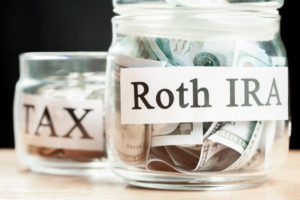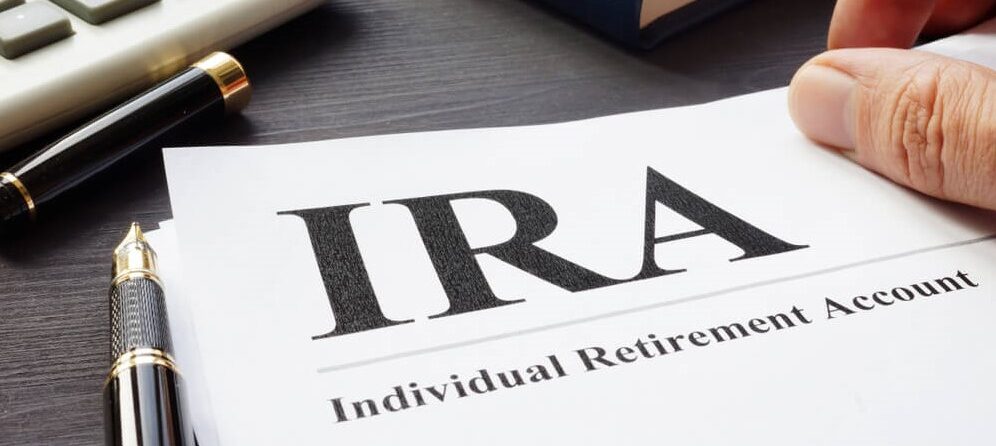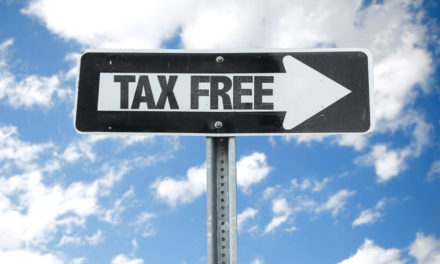We have about a month until tax returns are due. It’s time to make those last-minute tax moves.
Naturally, one of the best (and easiest) moves to make is to top up your IRA or Roth IRA for the year. For tax year 2020, you can contribute up to $6,000 to an IRA or Roth IRA or $7,000 if you’re 50 or older.
You don’t need me nagging you to save more. I already did that a few weeks ago. Instead, let’s focus on which particular savings vehicle — the traditional IRA or the Roth IRA — is a better match for you. (Note that, for our purposes today, the same logic would apply for choosing between a traditional 401(k) and a Roth 401(k).)
What’s the Difference Between a Traditional IRA and a Roth IRA?
It comes down to when you get the tax break:
- In a traditional IRA, you get a tax break in the year you contribute the cash. But you pay taxes later, in retirement, when you pull that money back out.
- In a Roth IRA, you get no tax break in the year you make the contribution. But you won’t pay taxes on later withdrawals.
In both cases, all of your investment gains accumulate tax-free.
Most financial planners prefer the Roth IRA and tend to steer their clients in that direction. They’re not necessarily wrong. I’d argue that for most people, the Roth IRA is a better option. But that’s not always the case, and today we’ll break it down.
Why Planners Lean Toward Roth IRAs
 The Roth IRA has a couple of major advantages over the traditional IRA.
The Roth IRA has a couple of major advantages over the traditional IRA.
First and foremost, there are no required minimum distributions (RMDs). With a traditional IRA, you have to take RMDs starting at age 72 (or age 70 ½ if you were born before July 1, 1949.)
That may not be a big deal.
If you’re in your 70s and retired, you might need the distributions to fund your living expenses. But if you already have cash flow from Social Security or other sources, you may not need your IRA yet. You might prefer to let it continue compounding tax-free indefinitely. Well, with a Roth IRA, you can do that.
The Roth IRA makes more sense when you’re young or otherwise in a low tax bracket, perhaps due to business setbacks or taking time off to raise children. If you’re in the 12% tax bracket, the current year tax breaks a traditional IRA provides isn’t that valuable. You might as well pay taxes when your bracket is low and get the tax break on the backend in retirement.
Finally, if you or your spouse have a 401(k) at work, you can’t deduct a traditional IRA in most cases. And if you aren’t getting the tax break, there’s far less value in doing a traditional IRA. The Roth is the only option that makes sense in this case. Just be careful here. Your ability to contribute to the Roth IRA gets phased out at incomes over $196,000 for married couples filing jointly. (There are a few tricks to work around that, such as the “backdoor Roth IRA.”)
When a Traditional IRA Makes More Sense
The Roth IRA is a godsend. But it’s not always going to be the best option.
If you’re in the prime of your career and making good money, you might want the immediate tax break offered by a traditional IRA.
Sure, the flexibility and delayed gratification of the Roth is great. But if you’re in a high bracket, it makes a lot more sense to take the tax break today. We don’t know what tomorrow might bring. But if we know this year’s tax bill is a beat down, then it makes sense to do everything we can to lower the bill now.
Bottom line: There is no hard and fast rule here. For me, the cutoff is somewhere around the 24% marginal rate. If you fall below that level, I’d go with the Roth IRA. If you’re above that level, I’d say go Traditional IRA. And if you’re exactly in that bracket, I’d say it’s a coin toss.
You really can’t “lose” either way. If you’re dumping money into a retirement fund, you’re already ahead. You are officially winning at life. Choosing between Roth and Traditional IRA contributions is what I consider a high-quality problem.
To safe profits,
Charles Sizemore
Editor, Green Zone Fortunes
Charles Sizemore is the editor of Green Zone Fortunes and specializes in income and retirement topics. Charles is a regular on The Bull & The Bear podcast. He is also a frequent guest on CNBC, Bloomberg and Fox Business.





